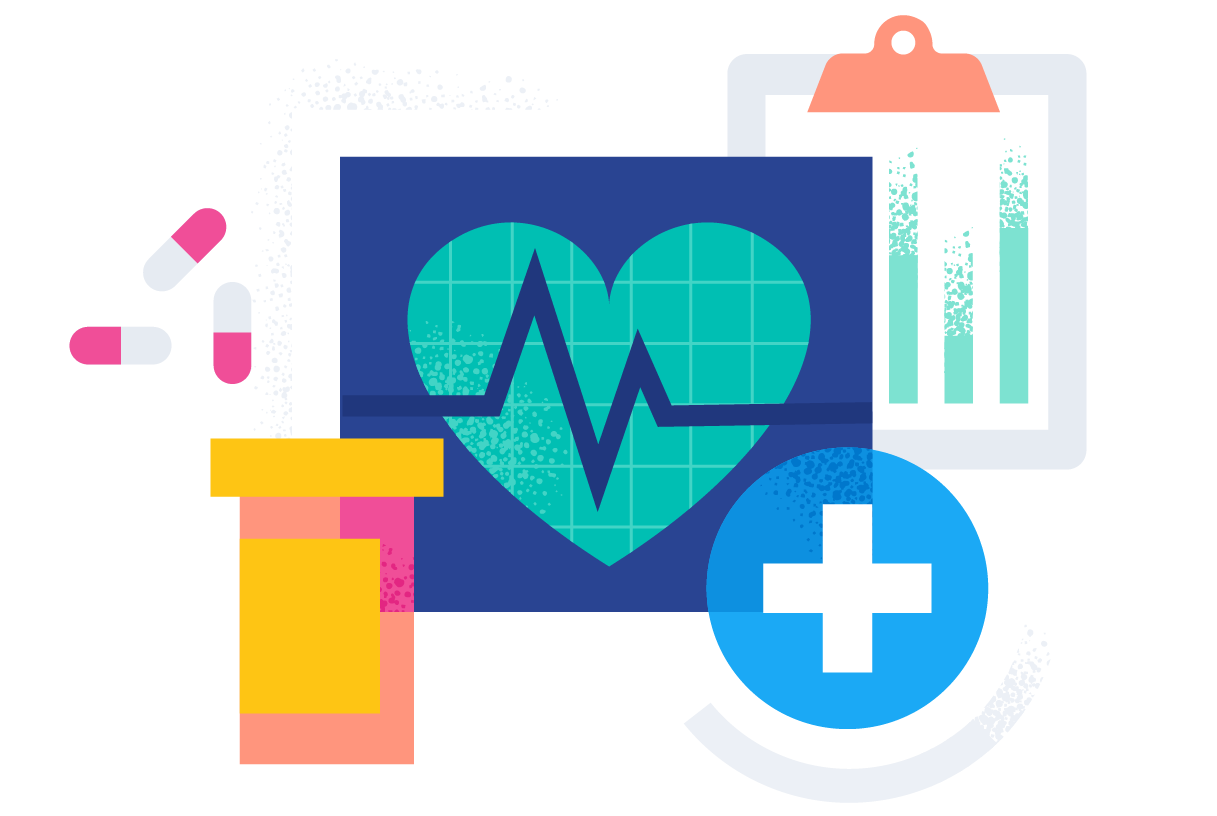A Comprehensive Guide on Just How Health Care RCM Works to Simplify Payment and Collections
Navigating the complexities of healthcare income cycle administration (RCM) is essential for companies intending to enhance their invoicing and collections processes. The overview unpacks the details of RCM, from individual enrollment to accounts receivable administration, providing insights into maximizing each action.
Understanding Revenue Cycle Administration
Understanding the ins and outs of Earnings Cycle Management (RCM) is crucial for healthcare organizations aiming to enhance their economic efficiency. RCM is an important administrative feature that includes the whole monetary process of person treatment, from the first appointment readying to the final repayment of the equilibrium. It is an intricate treatment created to identify, collect, and manage the income from the solutions given to patients. Effective RCM guarantees that doctor receive precise and prompt settlements, minimizing the threat of income loss and boosting capital.
The RCM procedure starts when a patient routines a visit and expands through the patient's treatment trip, including invoicing and collections. A key purpose is to decrease the time between supplying a solution and receiving payment, therefore boosting the organization's monetary wellness. RCM includes various functions such as person registration, insurance policy verification, charge capture, coding, declares entry, payment posting, and managing allures and denials.
Key Components of RCM
In the world of Revenue Cycle Administration (RCM), understanding its key parts is fundamental to attaining monetary performance within health care companies. RCM is a thorough procedure that incorporates different phases, each vital to making sure efficient payment and collections. The main parts consist of patient enrollment, insurance confirmation, cost capture, coding, case entry, settlement posting, and balance due management.


Once coded, claims are submitted to payers, where precision is extremely important to prevent hold-ups or beings rejected - Healthcare RCM. Repayment uploading entails tape-recording the obtained payments, which permits the reconciliation of accounts. Lastly, accounts receivable administration concentrates on tracking and attending to unpaid insurance claims, making certain timely follow-up and resolution
Each part of RCM is adjoined, and inadequacies in any kind of component can interrupt the whole cycle. For that reason, mastering these aspects is essential for healthcare carriers to optimize profits and improve their financial health.
Methods for Effective Payment
Standardizing invoicing treatments across the company is one more essential strategy. Developing clear standards for documents, coding, and entry assists maintain consistency and conformity with regulatory demands. Training staff on a regular basis on these treatments guarantees everybody is current with the most recent adjustments in invoicing codes and payer policies.
Accurate fee capture is important in protecting against earnings leakage. Carrying out normal audits and monitoring systems allows for the identification and improvement of inconsistencies prior to they impact revenue. Furthermore, maintaining open lines of interaction with payers assists to promptly fix any type of conflicts or misunderstandings that may develop.

Last but not least, engaging individuals early in the billing procedure by supplying clear price quotes and instructional materials concerning their monetary obligations can considerably lower complication and improve settlement timeliness. These strategies jointly add to an extra economically healthy and reliable billing system.
Enhancing Collections Processes
A robust collections procedure is essential for keeping monetary stability within healthcare organizations. Offered the intricacies of clinical invoicing and the variety of payer demands, improving the collections procedure includes carrying out critical measures that guarantee precise and prompt payment of services rendered. Central to this is using innovation to automate and streamline procedures, lowering hands-on errors and improving performance. Automation devices can help in tracking claim conditions, sending timely pointers to patients, and handling rejections a lot more i thought about this effectively.
Clear and clear patient interactions are crucial. Providing thorough explanations of charges and offering adaptable repayment strategies can increase person contentment and prompt repayments.
Regular audits of the collections procedure must be conducted to determine locations for improvement and ensure conformity with guidelines. By evaluating information, medical care companies can recognize fads, prepare for possible problems, and adapt strategies as necessary image source (Healthcare RCM). Inevitably, a well-enhanced collections process not just sustains monetary health yet also adds to an extra seamless experience for patients and personnel alike
Optimizing Revenue Streams
Structure upon the foundation of a strong collections process, medical care organizations can further strengthen their monetary security by tactically optimizing income streams. This includes a multi-faceted method, starting with a detailed evaluation of existing profits sources to identify inadequacies and areas for development. Using sophisticated data analytics tools allows companies to gain insights into payer mix, client demographics, and solution use patterns, enabling data-driven decisions that improve revenue capture.
Applying automated payment systems can substantially decrease errors and quicken insurance claims processing, guaranteeing that earnings is gathered much more successfully. Moreover, maximizing payer contracts with routine arrangements can enhance reimbursement rates and terms, straight affecting the bottom line. Diversifying service look at this web-site offerings, such as integrating telehealth or health care, can likewise bring in a broader patient base, thus increasing income capacity.
Another vital element is boosting person engagement and contentment, as pleased people are more likely to abide by therapy plans and make timely settlements. Offering flexible settlement choices and transparent invoicing methods can improve collections and foster client commitment. Healthcare RCM. By taking on these approaches, healthcare companies can produce an extra resilient economic framework, ensuring sustained development and security in an ever-changing industry landscape
Verdict
Finally, health care Income Cycle Administration (RCM) plays a critical role in optimizing billing and collections processes by incorporating essential components such as client registration, insurance policy confirmation, charge capture, coding, declares entry, and accounts receivable administration. By using innovative innovation, standardizing procedures, and fostering individual interaction, medical care providers can dramatically decrease case rejections, increase payment cycles, and improve cash flow. This comprehensive strategy to RCM eventually leads to boosted monetary effectiveness and sustainability for medical care companies.
The RCM process begins when an individual routines a visit and expands through the client's treatment journey, including payment and collections.An additional important part is boosting patient interaction and complete satisfaction, as satisfied patients are a lot more likely to stick to therapy strategies and make timely settlements. Supplying flexible settlement options and transparent invoicing practices can improve collections and foster client commitment.In verdict, healthcare Revenue Cycle Administration (RCM) plays a critical duty in maximizing invoicing and collections processes by integrating essential components such as patient registration, insurance coverage verification, fee capture, coding, declares entry, and accounts receivable monitoring. By using innovative modern technology, standardizing treatments, and promoting client engagement, health care carriers can considerably minimize insurance claim rejections, accelerate settlement cycles, and boost cash flow.